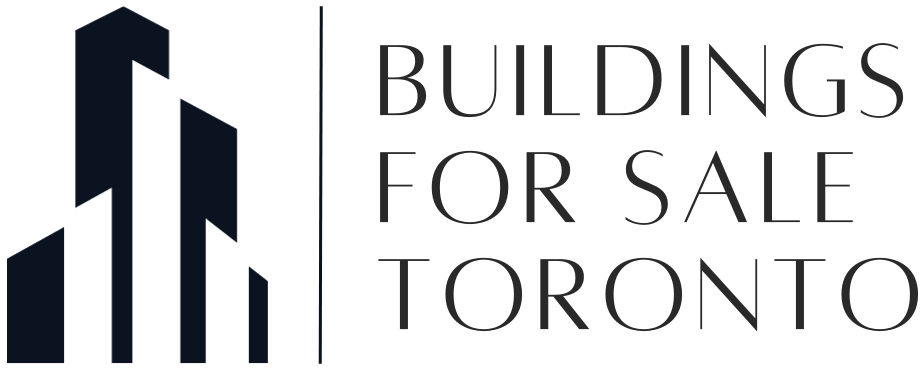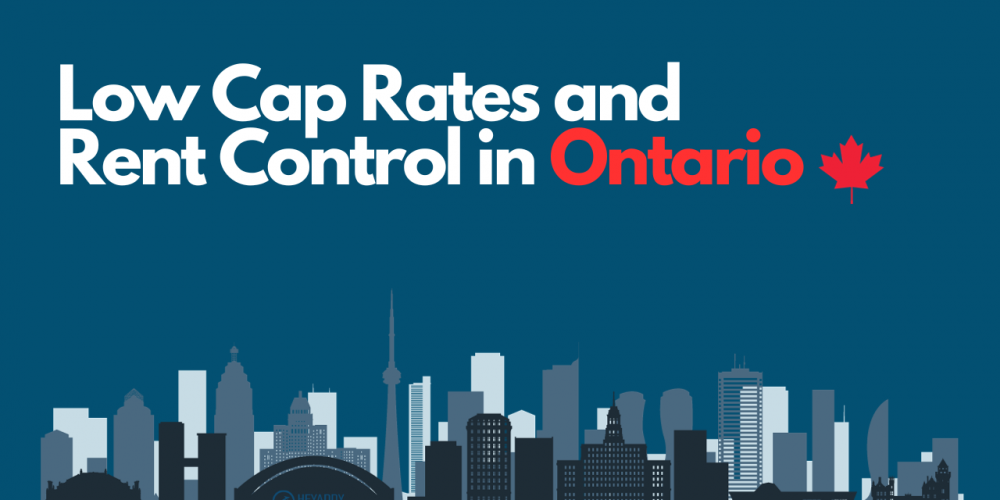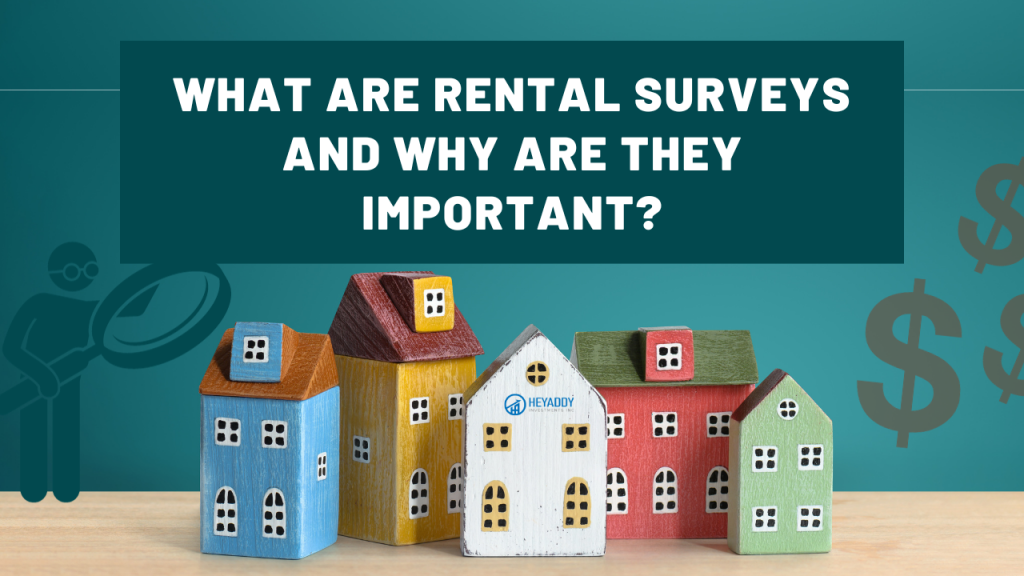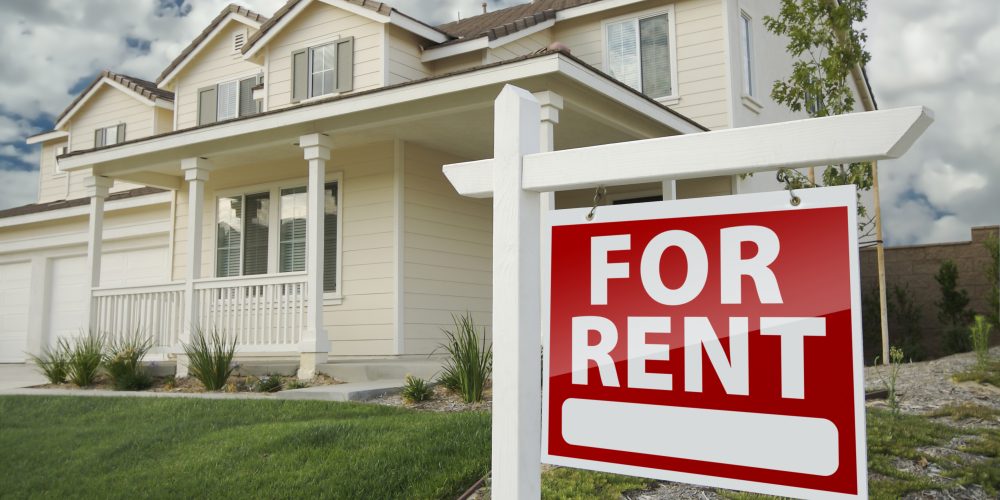The Expert Guide of Pre-Listing Inspections for Multi-Family Properties
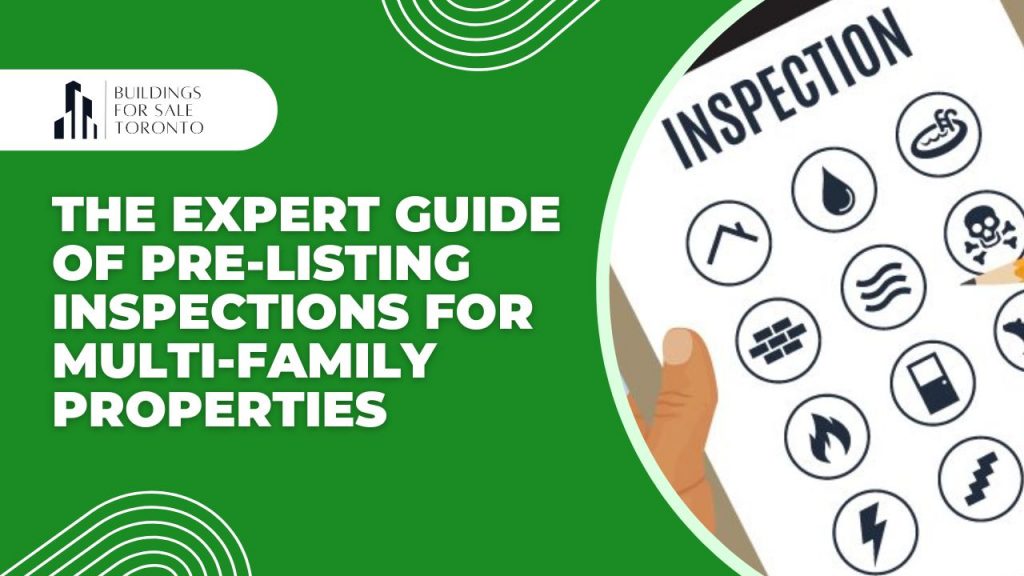
Buying property is one of the biggest investments a person will ever make. Before putting your property on the market its recommended to help your prospective buyers feel more confident about purchasing by having their listing inspected first. Presenting a property in its prime condition is a strategic move that can significantly impact its marketability. As a real estate professional deeply familiar with the industry’s details you need to be careful in the use of pre-listing inspections because it can sometimes be an additional problem. But for you to understand more, here’s a list of guides for Pre-listing inspections.
Strategic Preparation
Before a multi-family property hits the market, it’s essential to conduct a thorough inspection to uncover any underlying issues. This proactive approach ensures that potential buyers encounter a property that’s not only visually appealing but also structurally sound.
Instilling Confidence
By addressing any maintenance issues upfront, a pre-listing inspection instills confidence in potential buyers. It demonstrates transparency and integrity on the seller’s part, fostering trust and paving the way for smoother negotiations.
Highlighting Value
A multi-family property with a clean bill of health stands out in a competitive market. Through strategic positioning and marketing, we can highlight the property’s value and showcase its investment potential to prospective buyers.
Navigating Regulations
Navigating the regulatory landscape in Canada can be complex, especially in the realm of multi-family properties. A pre-listing inspection ensures compliance with local building codes and regulations, mitigating risks and streamlining the transaction process.
Enhancing Efficiency
By addressing issues proactively, a pre-listing inspection minimizes the likelihood of surprises during the transaction process. This efficiency not only saves time but also reduces stress for both sellers and buyers, leading to a more positive overall experience.
In the competitive landscape of Canadian real estate, a pre-listing inspection for multi-family properties is a strategic move that can make all the difference. It’s not just about meeting expectations; it’s about exceeding them and positioning your property for success in the market. With a meticulous pre-listing inspection, we can ensure that your property stands out and shines in the market.
If you would like more information about multi-family real estate investing or have any questions, please make sure to post a comment below or contact us.
